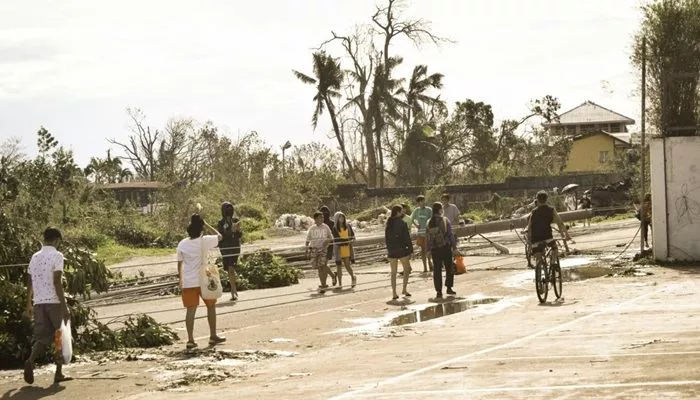The year 2024 saw severe weather events resulting in economic losses exceeding $20 billion, yet insured losses remained significantly lower, ranging between $2 billion and $3 billion. This discrepancy highlights a concerning protection gap, particularly in areas with low insurance coverage.
The Western North Pacific typhoon season in 2024 recorded 23 named storms, including 15 typhoons and nine intense typhoons, which is slightly below the 1991–2020 average. However, the impact on insurance was less about the number of storms and more about their severity and landfall patterns.
One of the most devastating storms of the season was Typhoon Yagi, which caused approximately $15 billion in economic losses, but insured losses were limited to about $1 billion. Typhoon Yagi’s intensity, with winds reaching 160 mph and sustained winds over 150 mph at landfall, made it the strongest typhoon ever recorded in Vietnam and one of the most intense to hit Hainan province. Despite its catastrophic impact, the low levels of insurance coverage in South China and Vietnam contributed to the large gap between economic and insured losses.
Similarly, Typhoon Shanshan, which made landfall in Japan, caused rainfall exceeding 800mm and had Category 4-equivalent intensity, yet insured losses amounted to less than $1 billion. The lower exposure to risks in the affected areas helped mitigate insurance payouts, in stark contrast to Typhoon Jebi in 2018, which resulted in up to $14 billion in insurance claims due to its path through heavily insured urban centers.
The Philippines faced an unusual clustering of six storms within just 30 days, which impacted over 13 million people and caused $500 million in economic damage. This clustering overwhelmed local emergency infrastructure, resulting in repeated damage in the Luzon region. Despite the widespread destruction, the limited insurance uptake meant that claims activity remained minimal.
Although insured losses remained relatively low compared to total damages, experts warn that the increasing frequency and scale of extreme weather events are likely to have a significant impact on future underwriting, risk modeling, and reinsurance pricing in the region. With these growing challenges, the insurance industry must evolve to better address the risks associated with extreme weather and to close the protection gap in vulnerable regions.
Related Topics:
Insurance Firms Face Bond Redemption Challenges
Bowtie Launches Child and Maternity Insurance
Petsy Strengthens Pet Insurance Partnership with Costco Australia

